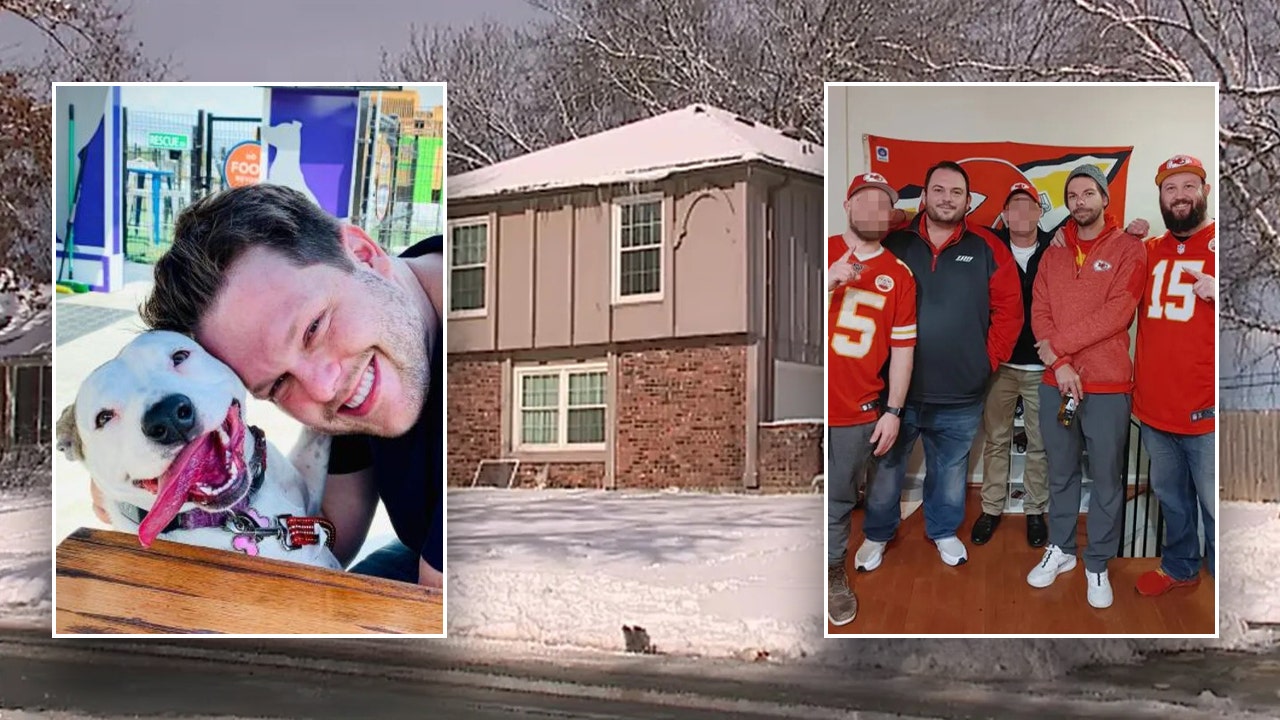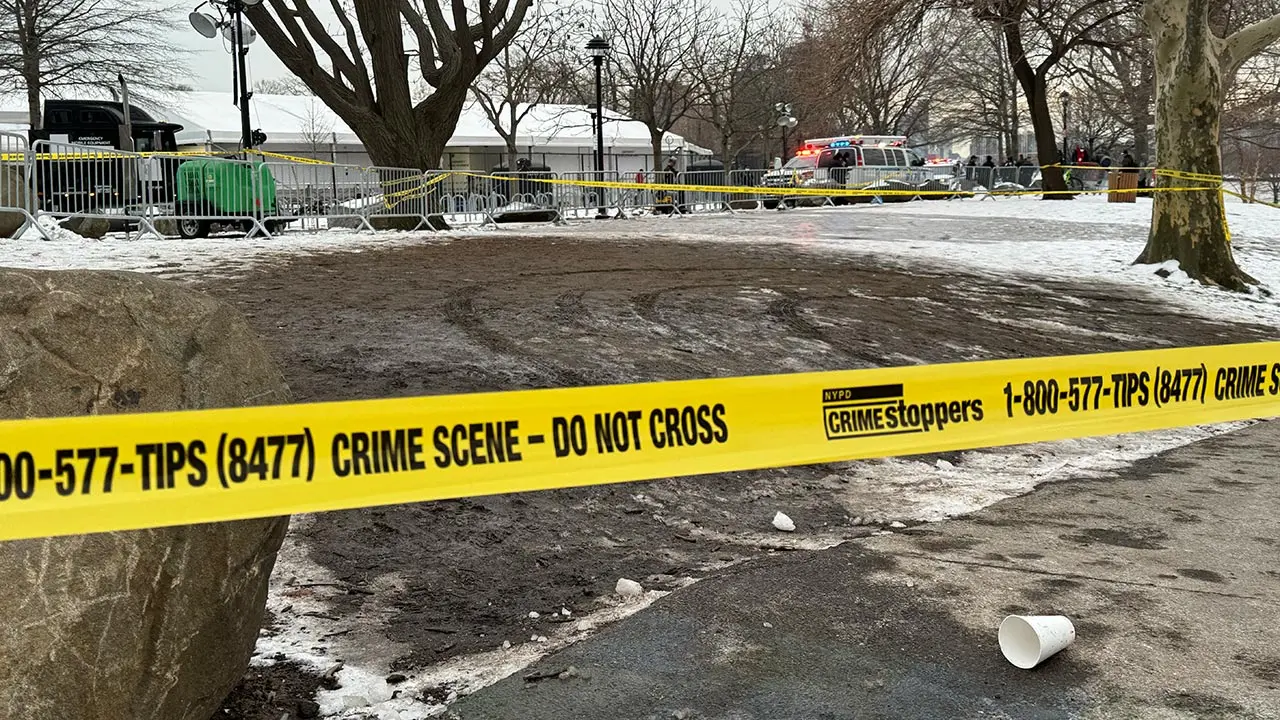For many months, the small border city of Eagle Pass, Texas, has provided the backdrop for a bitter legal battle between Gov. Greg Abbott and the Biden administration over how best to handle record numbers of migrants arriving at the border. The court fights, which intensified this week, have centered on claims that the border is in crisis.
But recently, the opposite has been happening along the Rio Grande as it curves its way through Eagle Pass: In an area that last year was the epicenter of unauthorized migration along the southern border, far fewer migrants have been crossing.
Mr. Abbott has cited the slowdown as evidence that his aggressive attempt to push the boundaries of immigration law and his $10 billion program to harden the state’s border with Mexico — using National Guard troops, razor wire, helicopters, boats and floating buoys in the Rio Grande — has been working.
“The cartels have rerouted their routes to cross the border because Texas is the only state that’s putting up any resistance,” Mr. Abbott said during a news conference in Eagle Pass last month, flanked by more than a dozen Republican governors.
If the federal government did what Texas is doing, Mr. Abbott added, “you would eliminate illegal immigration overnight.”
But exactly what dynamics are at work in the shifting border numbers are still a matter of debate.
Federal officials have said that changes in the handling of migrants by the Mexican government were responsible for a sharp drop-off in arrivals all along the border after record highs in December. Immigration experts said crossings often decline in colder months only to rebound in the spring.
But what is clear is that fewer have been coming by way of Texas.
The latest publicly available federal data on border encounters, released on Friday, has shown a measurable shift to the west in recent months, away from Texas — which makes up 1,254 miles of the nearly 2,000-mile southern border — and into New Mexico, Arizona and California.
In February, Border Patrol agents recorded about 87,000 encounters with migrants in California and Arizona, versus 53,000 in Texas. Last year, the numbers were essentially reversed: around 55,000 encounters took place outside of Texas versus 76,000 recorded in the state. (The overall crossings were slightly higher this February.)
“There are a few reasons, and Texas’ policies are one of them,” said Adam Isacson, who focuses on borders and migration at the Washington Office on Latin America. He said more than anything else, it appeared to be fear of the uncertain legal landscape — particularly Texas’ looming migrant arrest law known as Senate Bill 4, which passed in December — that has caused many migrants to avoid the state.
“People aren’t worried about buoys and barbed wire,” he added. “The fear of the unknown with S.B. 4 is driving people to choose to avoid Texas.”
The law was put on hold this week by a federal appeals court amid a challenge to its constitutionality by the Biden administration. The postponement has persuaded at least some migrants to try to get across before it goes into effect.
Richi Silva, 32, a native of Venezuela, who secured an immigration appointment with federal agents in Brownsville, Texas, said he had seen hundreds of migrants on the other side of the border, waiting to cross.
Still, the westward shift of migrants has been evident in one of Mr. Abbott’s most politically successful border efforts: his program to bus migrants to Democratic cities like New York, Chicago and Denver.
Since January, the number of buses has sharply declined. Nearly all the buses are now traveling from El Paso, where a large federal processing center handles migrants who cross into New Mexico, as well as into Texas. Very few are leaving from former migration hot spots in Texas such as McAllen, Brownsville and Eagle Pass.
“They’re being apprehended in New Mexico and they’re just being processed in El Paso,” said Lieutenant Chris Olivarez, a spokesman for the Texas Department of Public Safety. “There really hasn’t been much happening here.”
A spokesman for U.S. Customs and Border Protection did not respond to a request for details on federal apprehensions.
Patterns of migration often shift as smugglers look for the easiest places to cross amid a patchwork of enforcement along the border.
And the overall decline in crossings between December and January coincided with changes in the handling and deportation of migrants by Mexico in those months, a factor cited by the U.S. authorities.
“We have received very, very few,” said Valeria Wheeler, the executive director of Mission: Border Hope in Eagle Pass, as she walked through the nonprofit’s cavernous new shelter building in the center of the city. The facility, which opened last fall, resembles the terminal of a medium-sized airport. Rows and rows of metal chairs sat empty during a visit one day this week. Only three migrants were in the shelter. On a given day in December, there would have been between 800 and 1,200, Ms. Wheeler said.
“It’s a cycle,” she added. “We’re prepared for when more come.”
At a shelter for migrants in the Mexican city of Piedras Negras, across the border from Eagle Pass, Pastor Israel Rodriguez, who runs the shelter, said that he had noticed a steep decline not long after the U.S. secretary of state, Antony J. Blinken, and other top American officials traveled to Mexico in December asking for that country to intervene.
“They are stopping them before they get to us,” Pastor Rodriguez said of Mexican officials. The officials then bring the migrants back deeper into Mexico, he said. “They drop them in the middle of the country, and they start their journey back to the border, this time avoiding the checkpoints.”
Yessenia Navarrete Corea, 40, who traveled from Nicaragua and hoped to reach a sister in Arkansas, said she had seen migrants she was traveling with stopped and diverted by Mexican officers. She had an appointment with U.S. border officials, secured with the federal government’s immigration app, which she believed may have allowed her to continue her journey.
Still, she said, Mr. Abbott’s border security program and his harsh rhetoric made her uneasy. “I pray that God softens his heart,” she said of the Texas governor. “I want him to know that we migrants are not bad people.”
Along the river, National Guard troops ordered up by the governor patrol the banks and steer small boats in the river, ready to respond to large groups of migrants. They work alongside U.S. Border Patrol agents to help people who may be struggling in the water.
Tensions have flared between the two agencies over their differing approaches to migrants trying to get ashore.
When migrants approach the border fencing, National Guard troops have been directed to tell them to return to Mexico. State police officers do the same or, if the migrants step onto private land where the owner has given permission to conduct such law enforcement operations, officers arrest them on charges of criminal trespassing.
The federal agents, by contrast, may help them ashore and transport them to federal processing centers. Some are then rapidly deported. Others are given permission to travel to cities across the country to await their immigration hearings.
In recent days, migrants in Ciudad Juárez, Mexico, across the border from El Paso, have appeared to be trying to time their crossings to avoid National Guard soldiers and instead reach Border Patrol agents to surrender to them.
Such scenes have not been evident lately in Eagle Pass. During a visit this week, no migrants could be seen crossing the river near the park that Mr. Abbott has turned into a kind of military encampment. At times, the chirps of grackle flocks, sounding much like radio static, cut through the air.
Lieutenant Olivarez, of the public safety department, said only a handful of migrants had been caught trespassing on private land in recent days. The numbers were down enough that state police officers had cut down on the frequency of their patrols, he said.
For now, he said, everyone is waiting to see if the federal courts will allow the state’s new immigration law to go into effect. It would allow state and local police officers to arrest unauthorized migrants anywhere, not just on private land, and Texas courts could then order them out of the country.
If the law goes into effect, he said, there will probably be many new patrols.
Reyes Mata III contributed reporting from El Paso and Emiliano Rodríguez Mega from Mexico City.






